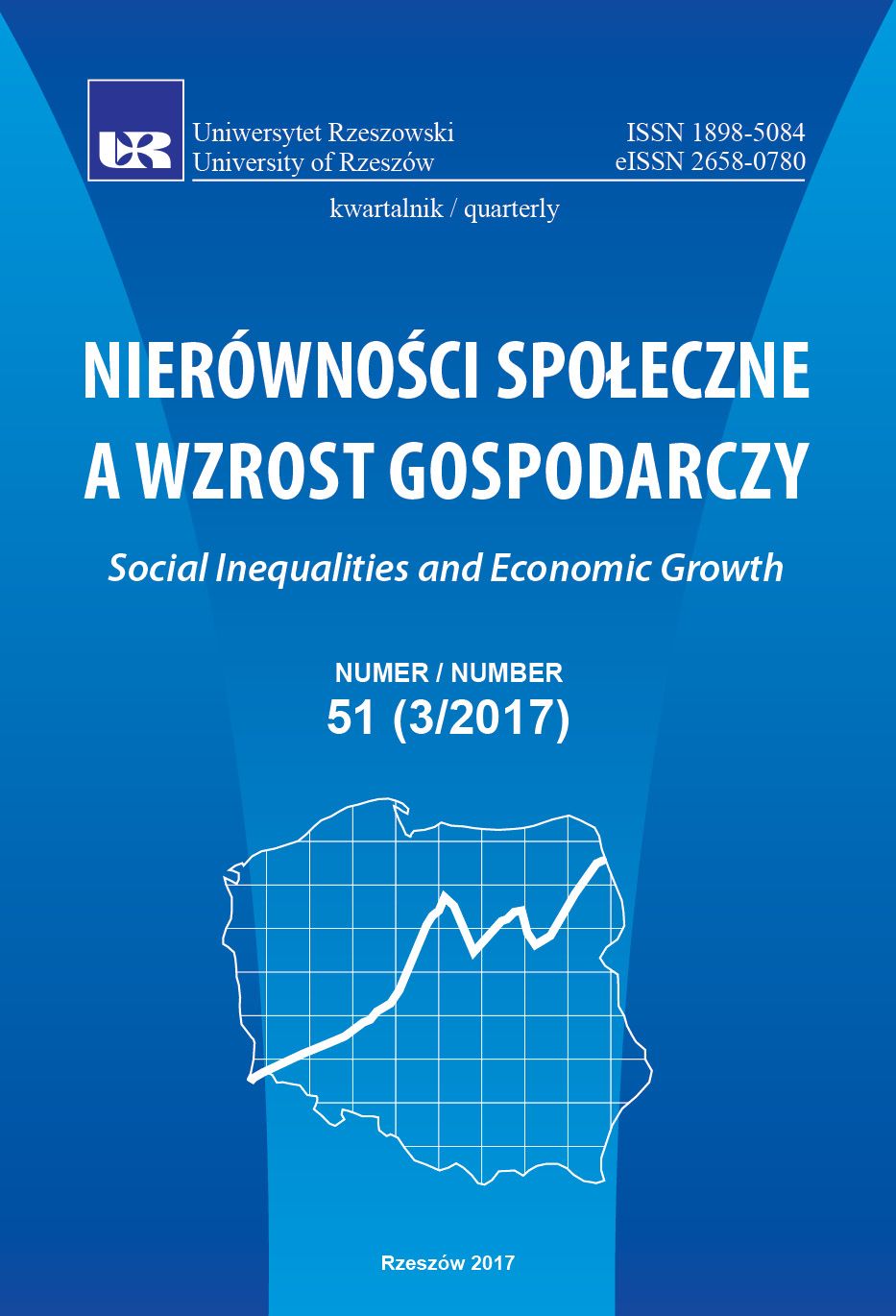Socio-psychological fundamentals of law and order studying as public phenomenon system
DOI:
https://doi.org/10.15584/nsawg.2017.3.31Keywords:
social psychology, society, law and order, social mentality, personality, destruction, modernizationAbstract
The law and order, as a phenomenon system of organization public life, presented as a special socio-psychological reality, which contemplate not only ability, but also needs of its scientific analysis. The concept of law and order similar with concept of state, government, however, has not only institutional and multi-dimensional psychological aspects of its content. Dynamics of law and order is tightly correlates with trends of social development, changing of mental status, cultural terms, humanization or dehumanization of legal policy at definitely historical stage.In the presented article, the author’s vision of socio-psychological content of the individual boundaries of law and order is defined. In particular the attention to the role of the legislator getting the “obligation” for its normative regulation is paid. With protection of position of public safety there is an output that unreasoned, epistemologically unjustified rule-making is often as, if not more than damaging than the evil, which generated “power decree”.In the frame of the socio-psychological discourse and basing on the humanistic paradigm, safety of human is based on the sustainable legal fundament which can make real creation and conditions compliance for self-actualization. Protection of the individual as a social value, ensuring its right for development and happiness, in our opinion is the most important condition for the formation not formal but the true law and order.Downloads
Download data is not yet available.
Downloads
Published
2020-11-13
How to Cite
Лановенко, И. (2020). Socio-psychological fundamentals of law and order studying as public phenomenon system. Social Inequalities and Economic Growth, 3(51), 398–406. https://doi.org/10.15584/nsawg.2017.3.31
Issue
Section
Articles
License
Copyright (c) 2017 University of Rzeszow

This work is licensed under a Creative Commons Attribution-ShareAlike 4.0 International License.


